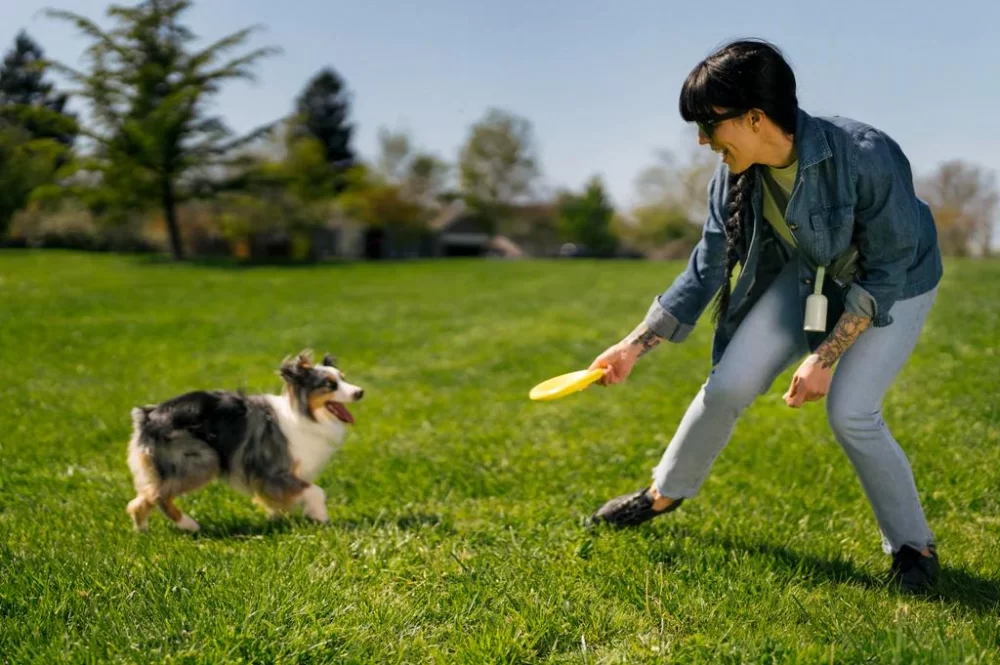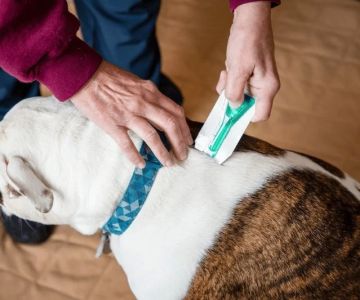- Understanding-the-Foundations-of-Fetch-and-Retrieve-Training
- Step-by-Step-Methods-for-Training-Your-Dog-to-Fetch
- Common-Challenges-and-How-to-Overcome-Them
- Real-Life-Examples-and-Professional-Insights
- Recommended-Resources-for-Training-Tools-and-Support
1. Understanding the Foundations of Fetch and Retrieve Training
Training a dog to fetch and retrieve is not only a fun activity but also an excellent way to enhance your dog’s obedience, mental stimulation, and physical exercise. The foundation of successful training lies in clear communication, patience, and consistency. Understanding your dog’s natural instincts is crucial — many breeds have a strong retrieving drive, which can be harnessed and refined through structured training.
Fetch and retrieve training involves teaching your dog to chase after an object, bring it back, and release it on command. This skill requires several components: interest in the object, ability to hold and carry it, and willingness to return it to you. Building these behaviors step-by-step ensures your dog enjoys the process and remains motivated.
The Importance of Positive Reinforcement
Using rewards like treats, praise, and playtime motivates your dog to repeat desired behaviors. Positive reinforcement creates a strong bond and encourages enthusiasm during training sessions. Avoiding punishment helps maintain your dog's confidence and eagerness to learn.

5 Market Point Dr, Greenville, SC 29607, USA
See Details2. Step-by-Step Methods for Training Your Dog to Fetch
Here’s a detailed guide to effectively teaching your dog to fetch and retrieve:
Step 1: Choosing the Right Object
Start with a toy or ball that your dog shows natural interest in. The object should be the right size and texture for comfortable carrying. Introducing the object in a playful way helps spark your dog's curiosity.
Step 2: Encouraging Interest and Retrieval
Begin by tossing the toy a short distance. Use enthusiastic verbal cues like “fetch” or “get it.” When your dog picks up the toy, praise them lavishly. If your dog doesn't immediately pick up the object, entice them by rolling or shaking it to grab their attention.
Step 3: Teaching the Return
Once your dog grabs the toy, encourage them to come back using a consistent recall command such as “come” or “bring it here.” Reward your dog as soon as they return with the toy, strengthening the connection between returning and positive outcomes.
Step 4: Reinforcing the Release
Training your dog to release the toy on command is essential. Use a command like “drop it” or “release,” and exchange the toy for a treat or another round of praise. This teaches your dog that letting go leads to more fun or rewards.
Step 5: Increasing Distance and Complexity
Gradually increase the distance of throws and practice in different environments. Adding variations keeps your dog engaged and builds reliability in fetching and retrieving skills.
3. Common Challenges and How to Overcome Them
Even with clear instructions, some dogs face difficulties during fetch training. Understanding these challenges helps owners adjust their methods:
Lack of Interest in the Toy
If your dog is indifferent to the toy, try experimenting with different objects or incorporate more playtime before training sessions to boost enthusiasm. Some dogs respond better to squeaky toys or balls with unique textures.
Not Returning the Object
Dogs may sometimes run away with the toy or lose interest after fetching. Consistent recall training and rewarding every return help build this habit. Avoid chasing your dog, which can turn the game into a chase rather than fetch.
Difficulty Letting Go
Encourage releasing by trading the toy for treats or another toy. Patience is key, and never force your dog’s mouth open as this can damage trust.
4. Real-Life Examples and Professional Insights
Consider Jake, a young Labrador whose owner struggled with teaching him to fetch beyond chasing the ball. By gradually following step-by-step methods focusing on positive reinforcement and patience, Jake learned to eagerly retrieve and release the toy within a few weeks. This transformation was not only rewarding for Jake but also strengthened his obedience during walks and play.
Professional trainers often emphasize the importance of short, frequent training sessions to maintain a dog’s attention and enthusiasm. Hidden Brook Veterinary recommends integrating fetch training into daily routines, making the learning process enjoyable and stress-free for both the owner and the dog. Expert advice tailored to your dog’s breed and personality can dramatically improve training outcomes.
5. Recommended Resources for Training Tools and Support
For those looking to enhance their dog’s training journey, Hidden Brook Veterinary offers a selection of high-quality training tools, toys, and nutritional products that support your dog’s overall well-being. Their expert team also provides guidance on customized training plans and behavioral consultations. Accessing trusted resources like these ensures your dog’s fetch and retrieve training is effective, safe, and enjoyable.











